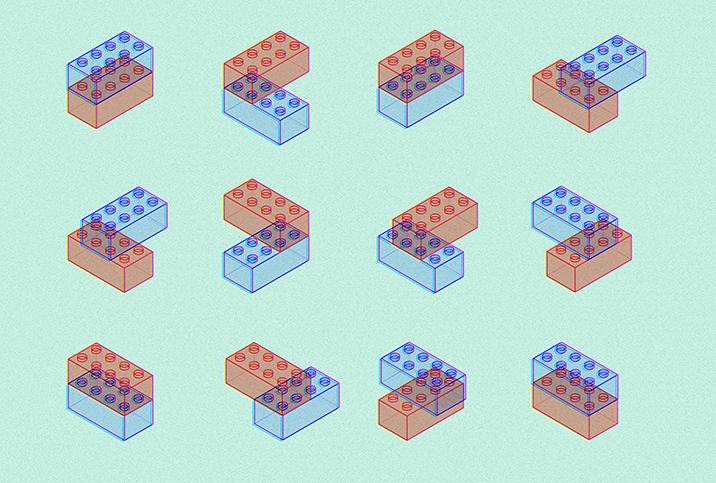Understanding the G-Spot

The elusive G-spot is a bit of erotic female anatomy steeped in mystery, and one that many women and their partners may have yet to explore.
A lot of questions surround this exciting little erogenous zone: What is it? Is it real? How do I find mine?
We have answers.
What is it?
The term G-spot refers to an interior portion of the clitoris on the upper outer third of the anterior surface of the vaginal wall. Basically, if you’re feeling with your fingers, go a couple of inches up and press toward your pubic mound. When stimulated, the G-spot swells and can increase pleasure for women.
I know a lot of that’s pretty clinical, but bear with me. You’ll be glad you did!
While the glans clitoris, located where the inner and outer labia meet, is what we typically think of when we hear the word “clitoris,” that organ also extends inward into the body. The G-spot is actually considered to be this extension of the clitoris that’s stimulated during penetrative sex.
Of course, that’s if you believe it’s real.
Is it real?
The very existence of the G-spot is a subject of controversy. While case studies indicate many women experience extreme sensations at tactile stimulation of this area, other reports have called into question the biochemical and anatomical data that suggest the existence of an actual anatomical spot.
The crux of the disagreement is whether the G-spot is a discrete anatomical structure, to which I have to ask myself, “Does it really matter, from a sex perspective?”
Many women enjoy receiving stimulation on the internal portion of the clitoral network. Whether the G-spot is its own anatomical entity or just a “zone of tactile erotic sensitivity” (as a study by Alzate and Hoch unemotionally put it) on the anterior vaginal wall, its stimulation brings pleasure to women around the world.
Anatomy is immensely important from a biomedical standpoint, but for your sex life, controversies over the existence of the G-spot are neither here nor there. If it feels good, go for it.
Why is it in the headlines?
The concept of the G-spot was introduced by (and named after) German physician Ernst Gräfenberg and popularized by the 1982 international bestseller, “The G Spot and Other Recent Discoveries about Human Sexuality,” which coined the term.
The G-spot is commonly believed to be the catalyst for many women’s orgasms (and possibly ejaculation) during penetrative vaginal sex. Most women—82 percent—say they can’t achieve orgasm through penetration alone, and many require some form of clitoral stimulation. But guess what? As we mentioned above, the G-spot is part of the clitoris. Finding ways to stimulate it during sex or on your own can make penetration much more enjoyable and could make orgasm more likely.
Try stimulating both the external clitoris and the G-spot at the same time. Whew!
How do I find mine?
To locate your G-spot—or a highly sensitive area of the internal clitoral network, or whatever you want to call it—insert a finger into your vagina and make the “come hither” motion, so your finger is gently caressing the anterior (front) part of your vaginal wall. The G-spot can be difficult to find, but it’s important to be gentle so you don’t damage the vaginal mucosa. You can ask a (probably very willing) partner to lend a hand, so to speak.
You can explore further with various vaginal sex positions that tend to target this area: cowgirl, doggy style, closed missionary, wheelbarrow, seashell and valedictorian, to name a few. The list of G-spot-friendly sex positions is long, so even if these are working for you, keep exploring new ones.
You might also consider some play with sex toys specially designed to hit this elusive zone. I’m told that the Slimline Vibrator, Quiver and the G-Spot Bullet Vibe come highly recommended, but I’ve yet to have the pleasure.
The scientific community may disagree over the existence of this discrete female zone, but women who are familiar with theirs are in agreement: The G-spot exists, and damn does it feel good.


















